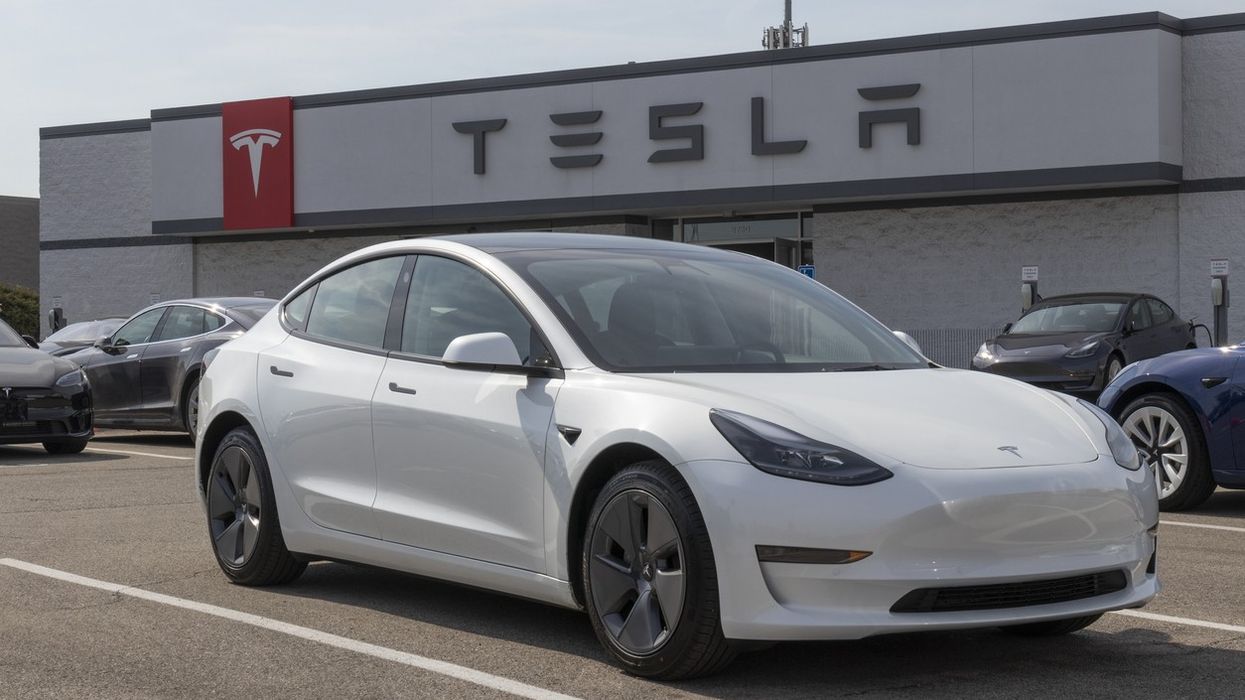Tesla reported a significant year-over-year sales decline for the second quarter of 2025, marking the largest drop in the company’s history and underscoring the challenges facing the electric vehicle pioneer as it contends with brand headwinds, rising competition, and shifting market dynamics.
Second Quarter Sales Plunge
Tesla delivered 384,122 vehicles globally in Q2 2025, a 13.5 per cent decrease from the 443,956 vehicles delivered in the same quarter last year. This represents a drop of nearly 60,000 units, the sharpest annual decline the company has ever reported. Despite this, the figure is up 14 per cent from the first quarter of 2025, when Tesla delivered 336,681 vehicles. Production in Q2 totaled 410,244 vehicles, nearly matching last year’s output, but actual deliveries lagged behind.
Breakdown by Model
The Model 3 and Model Y continue to dominate Tesla’s sales, accounting for 373,728 deliveries in Q2. Other models—including the Cybertruck, Model S, and Model X—saw steeper declines, with just 10,394 units delivered, down 52 per cent from a year ago. These “Other Models” also experienced a 20 per cent decline compared to the previous quarter, despite recent updates and refreshes.
Market Reaction and Analyst Expectations
Tesla’s stock opened nearly 4 per cent higher following the report, as the sales decline was not as severe as some analysts had forecast. Many had anticipated deliveries closer to 370,000 units, so the actual figure, while historically low, was viewed as a relative positive by investors.
Factors Behind the Decline
Several factors contributed to the sales slump. CEO Elon Musk’s political activities, particularly his involvement in the Trump administration, have sparked protests and some vandalism at Tesla showrooms in the US and Europe. Registration data suggests sales in both regions have fallen sharply, even as overall EV sales in those markets have increased.
Tesla is also facing intensifying competition, especially from Chinese automaker BYD, which has already sold 1 million electric vehicles in the first half of 2025—far outpacing Tesla’s 720,803 vehicles over the same period. Tesla is now at risk of losing its position as the world’s top EV seller to BYD, which has not yet entered the US market.
Broader Context and Company Outlook
This marks the second consecutive quarter of year-over-year declines for Tesla, following its first annual sales drop last year. Before 2024, Tesla had only reported one quarterly drop in sales, during the pandemic-affected year of 2020. The company had previously projected annual growth rates of 30 per cent or more, but those targets now appear out of reach.
Tesla’s official financial results for Q2 will be released on July 23, 2025, when more details on profitability and future guidance are expected. In the meantime, the company is attempting to refocus, with Musk pledging to dedicate more time to Tesla and launching a limited robotaxi service in Austin, Texas.
Competitive Landscape
While Tesla’s Q2 results were not as dire as feared, the company is clearly under pressure. The rapid ascent of BYD and a crowded EV market are forcing Tesla to adapt quickly. The next few quarters will be crucial as Tesla seeks to regain momentum and defend its leadership in the global electric vehicle sector















